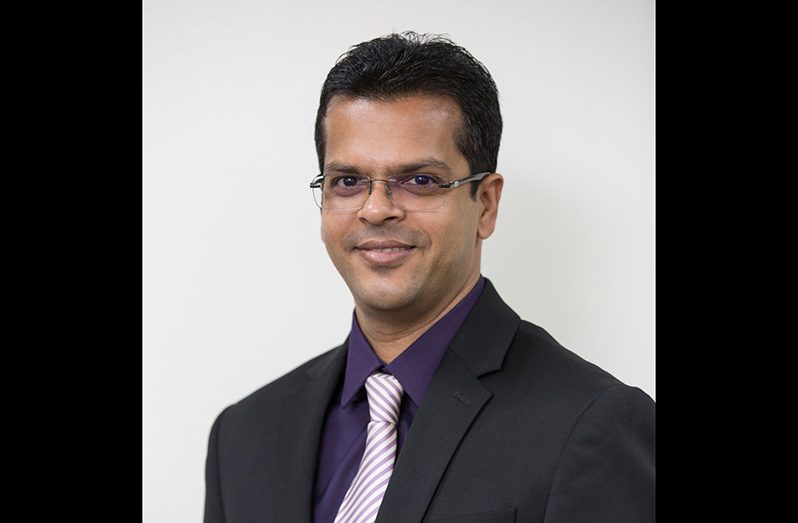By Feona Morrison
THE Guyana Energy Agency (GEA) is making incredible progress in expanding renewable energy access to hinterland and riverine communities as part of a revolutionary push towards sustainable development.
In some of Guyana’s most isolated and neglected regions, the agency is dedicated to eradicating energy poverty.
During a recent conversation with Kiana Wilburg, the CEO of the Guyana Energy Conference and Supply Chain Expo, Dr. Mahender Sharma, the head of the GEA, provided an update on the organisation’s achievements and efforts towards realising the vision of the Low Carbon Development Strategy 2030.
He drew attention to the extensive initiatives being implemented to deliver solar energy solutions to communities that have traditionally encountered obstacles in accessing electricity.
He said that the GEA entered into an agreement in 2022 to supply 30,000 home solar systems to hinterland and riverain communities.
Dr. Sharma emphasised the agency’s achievement of providing 29,416 solar energy household systems to remote hinterland and riverain villages, with the goal of enhancing quality of life in these isolated areas.
“Quite impressive that we were able to deliver this within the timeline that we did. So, from contract signing in November 2022, we went quickly into design. We went through at least four iterations of those designs to make those units ruggedized enough so that persons can install them almost as a do it yourself type feature.”
The systems were manufactured in India.

In accordance with his assertions, the consequences of these systems have been profound, enabling communities to have access to dependable lighting, the opportunity to charge mobile phones, and the capacity to power small appliances.
According to Dr. Sharma’s explanation, every 160-watt system includes two nine-Watt LED lamps, a 12-Watt stand fan, and a universal serial bus (USB) port for charging portable electronic devices.
“The most attractive feature has been the fan. In fact, persons have been able to spend more time with their families. It has had a profound impact. Everybody we speak to are so excited. They are excited… when they look around the community, they are no longer seeing darkness.”
He made a note that a total of 31 communities have experienced positive outcomes from the deployment of solar photovoltaic (PV) mini-grids, resulting in a combined capacity of 601-kilowatt peak (KWp). A multitude of public and community buildings are being supplied with electricity by these solar PV systems.
“These are schools, health centres, community buildings that did not have electricity before. So, imagine a health centre that had to shut down and not offer services at nights when somebody needed those serves. The doctor in Orealla for example was extremely grateful for having electricity at nights and they were able to do things that they couldn’t do normally -things that they had to do with candles and torchlights and so on. The schools can now offer television programmes. They can provide content from the learning channel. They can operate a computer… things that we take for granted on the coast. They can have access to the internet,” the GEA’s head pointed out.
Each solar PV mini-grid is composed of a hybrid configuration, which consists of a ground-mounted solar PV array, a hybrid inverter, a battery energy storage system, and associated balance of system components. The electrical network establishes connectivity between the system and public as well as community buildings via a 13.8 kilovolt (kV) medium voltage transmission line and a 120/240 volts alternating current (Vac) low voltage distribution network.
Furthermore, he made mention of the commissioning of a one-megawatt solar farm in Lethem, as well as the installation of a 1.5-megawatt solar farm in Bartica.
According to him, the Lethem solar farm has displaced more than 3,400 drums of diesel, while the Bartica solar farm has displaced approximately 2,200 drums of diesel.
Dr. Sharma also revealed that several other solar farms are under construction, including a 0.65 MW solar farm in Mahdia, which will be commissioned soon.
The 2024 national budget has allocated substantial funding towards solar energy projects, showcasing the government’s dedication to the development of renewable energy sources and the reduction of the nation’s carbon footprint.














